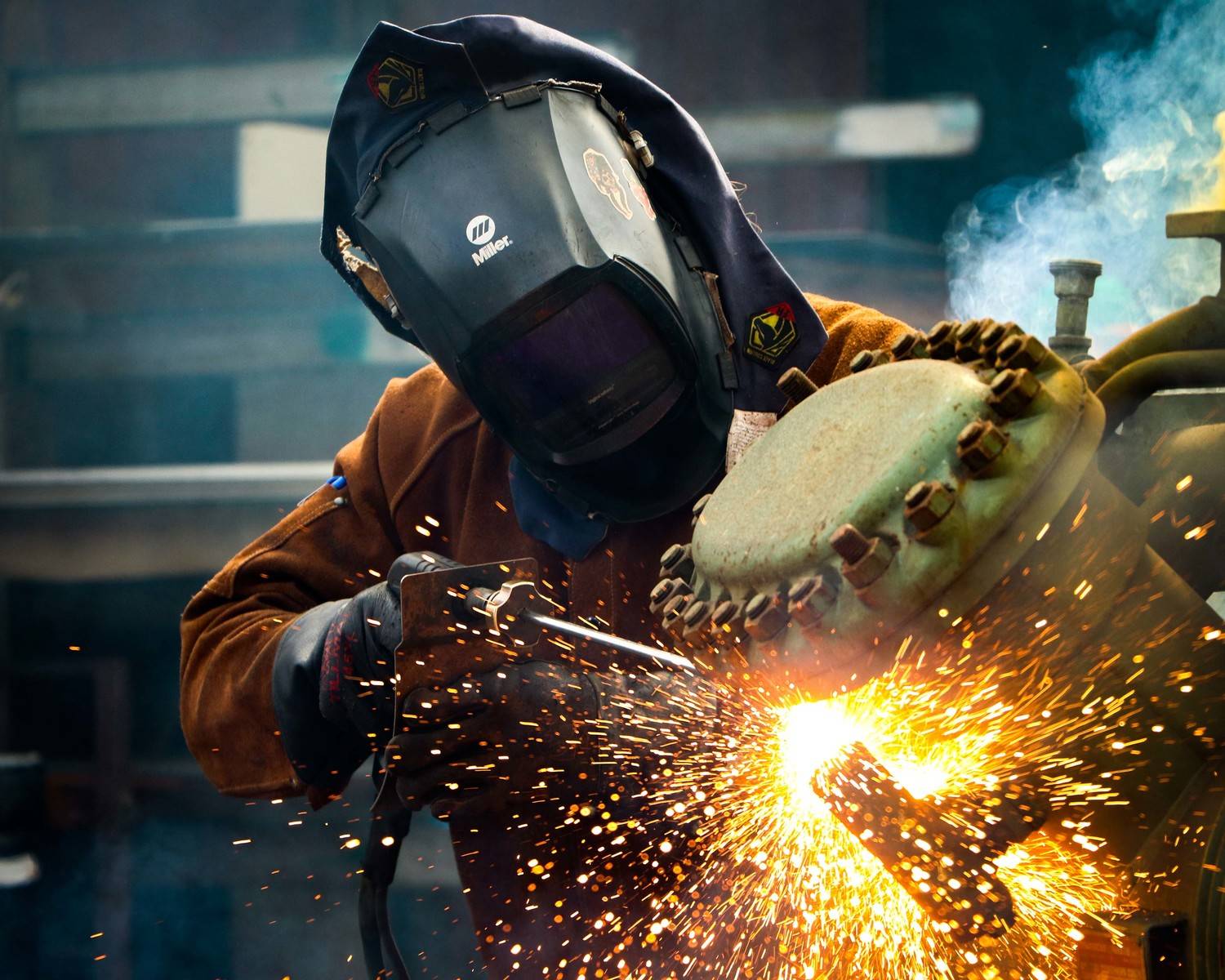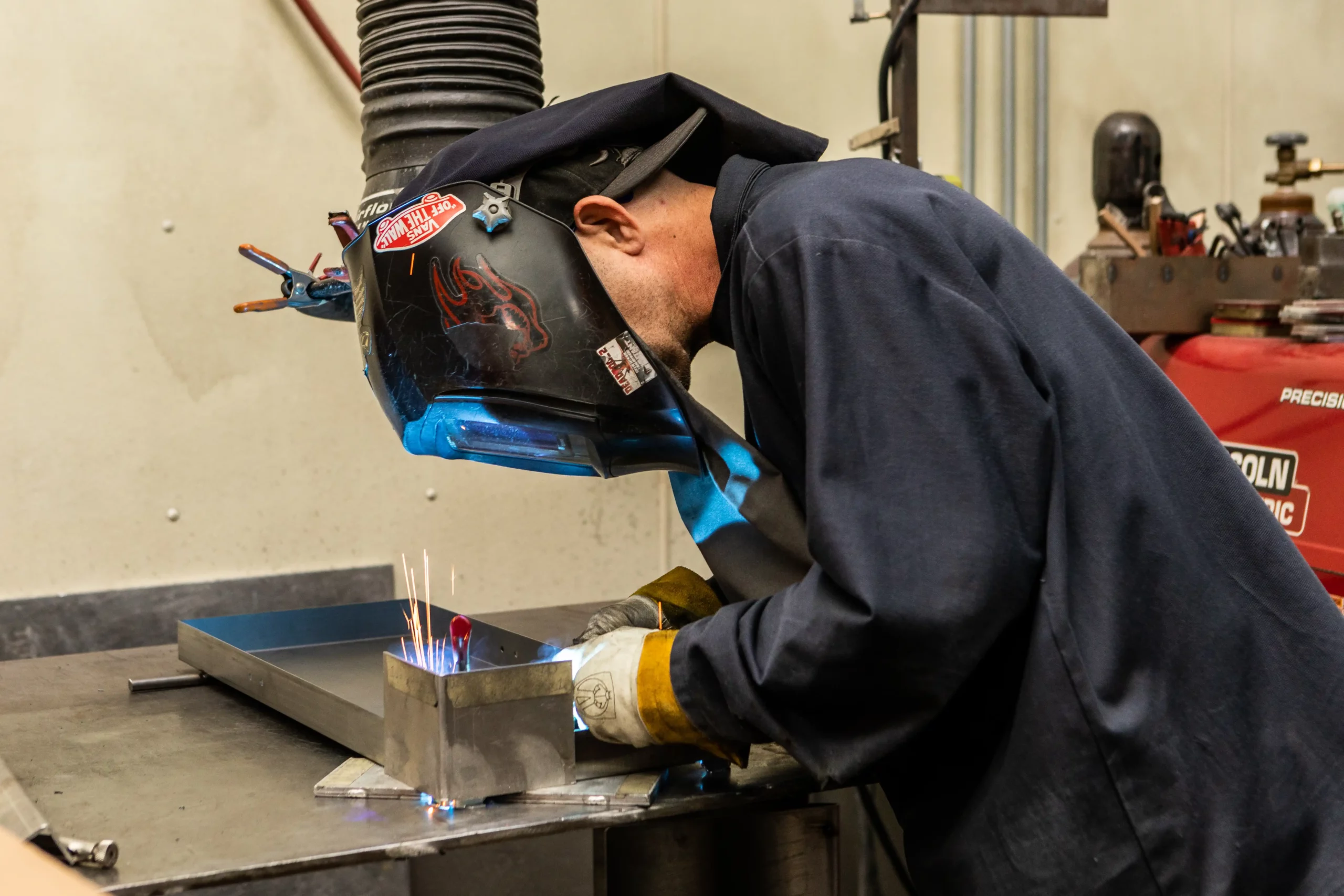Welding WPS Explained: Trick Elements and Perks for Your Welding Procedures
Welding WPS Explained: Trick Elements and Perks for Your Welding Procedures
Blog Article
The Ultimate Guide to Welding WPS Procedures: A Comprehensive Overview for Welders
In the detailed world of welding, Welding Treatment Requirements (WPS) offer as the backbone of ensuring high quality, uniformity, and safety and security in welding operations. Recognizing the subtleties of developing, carrying out, and keeping an eye on WPS treatments is essential for welders seeking to raise their craft and satisfy market standards. As we explore the various elements of a WPS and discover the details of credentials and qualification, we will certainly discover the vital duty these procedures play in the world of welding. Allow's start a journey to untangle the intricacies and relevance of WPS treatments in welding methods.
Significance of WPS Procedures
Understanding the value of Welding Procedure Requirements (WPS) treatments is critical for making sure the top quality and integrity of welded frameworks. WPS procedures offer as a roadmap for welders, outlining the essential actions, criteria, and materials needed to accomplish an audio weld. By sticking to WPS standards, welders can ensure uniformity in their job, resulting in structurally sound and reliable welds.
One of the main reasons why WPS procedures are essential is their function in keeping weld quality and stability. Adhering to the specified welding specifications and strategies described in the WPS aids prevent flaws such as porosity, splitting, or insufficient fusion, which can jeopardize the stamina and durability of the weld.

Elements of a WPS
A Welding Treatment Requirements (WPS) normally makes up vital components that detail the specific needs for carrying out a weld, guaranteeing consistency and quality in the welding procedure. The crucial elements of a WPS include necessary variables such as base metals, filler metals, interpass and preheat temperatures, welding processes, securing gases, welding settings, and post-weld warmth treatment demands.
Base metals refer to the products being joined, while filler metals are made use of to fill the space in between the base steels during welding. The welding procedure details the specific technique to be utilized, whether it's gas steel arc welding (GMAW), protected steel arc welding (SMAW), or another technique. Welding settings define the positionings in which welding can be executed.

Certification and Accreditation
Having established the vital parts of a Welding Treatment Requirements (WPS), the focus now shifts towards the critical aspects of certification and accreditation in welding techniques.

Accreditation, on the other hand, is the official recognition of a welder's certifications by a pertinent qualification body or organization. Welding accreditations are typically based on the particular welding procedures, materials, and placements a welder is certified to collaborate with. Holding a legitimate welding accreditation shows that a welder meets industry criteria and is skilled to execute welding tasks to the required specs.
Producing a WPS
To create a Welding Procedure Requirements (WPS) that fulfills industry requirements, mindful consideration of welding procedures, materials, and operational specifications is crucial (welding WPS). The very first step in creating a WPS is to determine the welding process to be made use of, such as gas metal arc welding (GMAW) or protected steel arc welding (SMAW) As soon as the welding process is figured out, the following crucial facet is choosing the proper products, considering variables like base steel type, density, and joint layout. Functional specifications such as welding current, voltage, traveling rate, and protecting gas make-up must also be carefully specified in the WPS.

Applying and Keeping Track Of WPS
Upon settling the thorough Welding Procedure Specification (WPS) that meticulously information welding processes, products, operational criteria, and top quality guarantee procedures, the focus shifts to efficiently applying and keeping an eye on the established treatments. Application entails guaranteeing that all welders included in the job are acquainted with the WPS and follow it carefully during the welding procedure. Effective implementation and surveillance of the WPS are important for guaranteeing the stability, toughness, and security of the welded joints, ultimately adding to the overall success of the welding job.
Final Thought
To conclude, understanding and complying with Welding Procedure Requirements (WPS) is critical for welders to ensure quality, consistency, and safety in their job. By recognizing the parts of a WPS, acquiring proper qualifications and accreditations, creating detailed treatments, and carrying out and checking them properly, welders can boost their abilities and effectiveness in welding techniques. Adhering to WPS treatments is important for producing top notch welds and conference sector standards.
In the detailed globe of welding, Welding Treatment Specifications (WPS) serve as the backbone of guaranteeing high quality, consistency, and security in welding procedures. The welding process outlines the details method to be made use of, whether it's gas steel arc welding (GMAW), secured steel arc welding (SMAW), or another find here approach.To develop a Welding Treatment Requirements (WPS) that satisfies market requirements, mindful factor to consider of welding processes, products, and functional criteria is vital. The initial step in developing a WPS is to recognize the welding process to be made use of, such as gas metal arc welding (GMAW) or protected steel arc welding (SMAW)Upon settling the comprehensive Welding Treatment Spec (WPS) that thoroughly information welding procedures, products, functional parameters, and high view publisher site quality guarantee procedures, the emphasis shifts to successfully implementing and monitoring the well established procedures.
Report this page